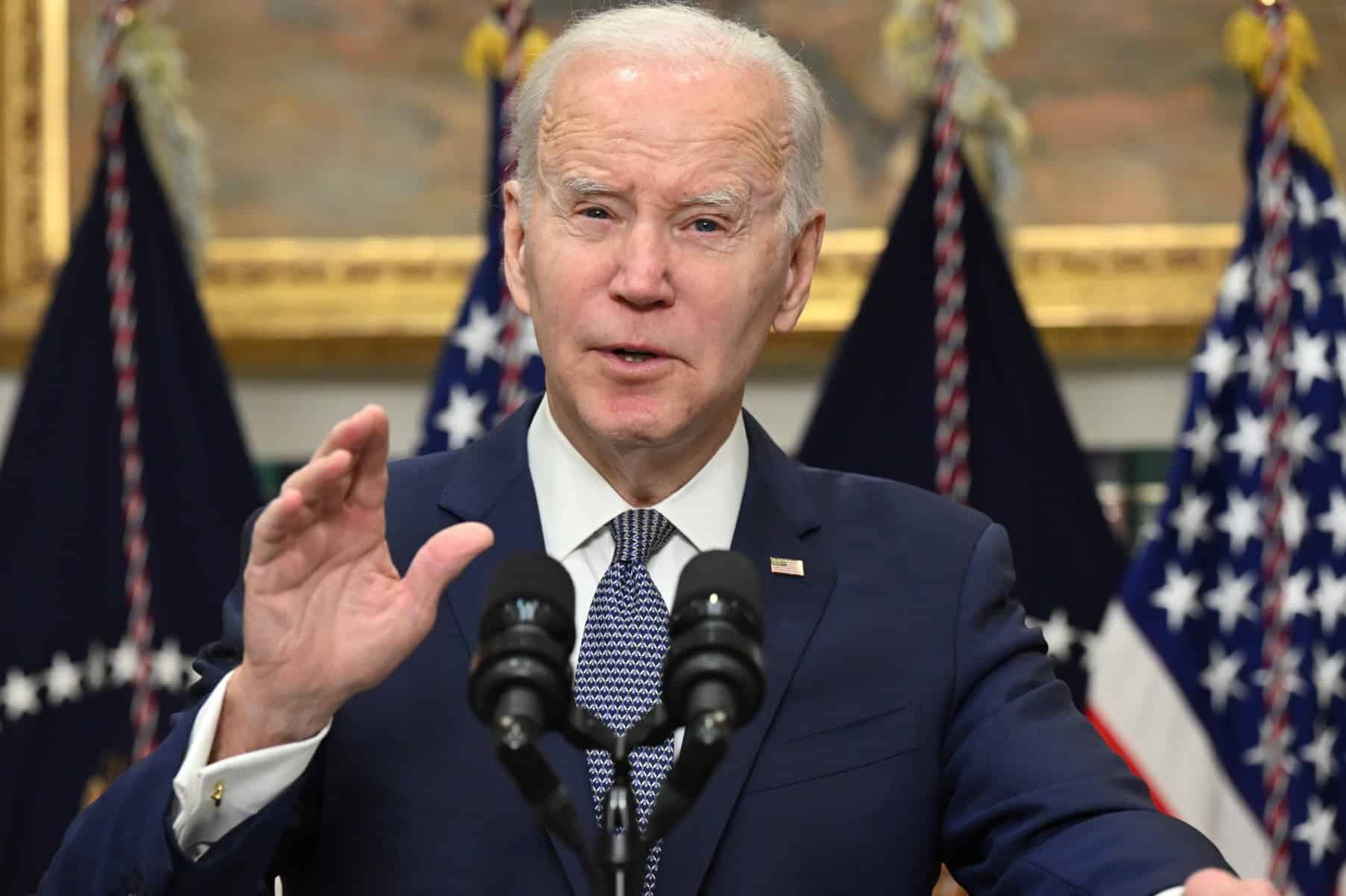LONDON – US President Joe Biden’s call for regulators to tighten rules for banks is undoubtedly well-intentioned. In response to the recent banking crisis, which led to the collapse of two banks, the White House has urged federal banking agencies and the Treasury Department to implement a range of reforms. These include raising liquidity requirements, updating stress tests for high-speed digital withdrawals, and requiring banks to submit closure plans. But as much as this move is necessary and well-meaning, it is also badly focused.
The Biden administration’s push for greater regulation of legacy banks is commendable, but it must also simultaneously address the rapidly growing digital-only financial institutions. The government can and should do both. However, there’s a disproportionate emphasis on traditional banks, which have been playing catch-up for years, as customer expectations, regulatory requirements, and technological advances evolve. Meanwhile, the future of banking is undoubtedly digital.
The reasons why digital banking should receive more regulatory attention are threefold: demographics, technology, and mistrust. Millennials and Gen Z are not only the fastest-growing cohort of clients but are also set to benefit from the greatest transfer of wealth in history, with an estimated $68 trillion expected to pass down from baby boomers over the next few decades. These younger generations have grown up with technology and are more comfortable using fintech to manage their finances than traditional banks.
The rise of companies like Uber, Airbnb, and Amazon, which have disrupted traditional industries with their tech-driven approach, has coincided with a widespread mistrust of legacy financial institutions. Many people blame these institutions for the financial crash and believe that they prioritize profits over customer interests, lack transparency, charge excessive fees, provide poor customer experiences, and have inadequate corporate responsibility standards.
Digital-only banks offer the convenience, accessibility, better user experience, innovation, and security that consumers now demand, making them an increasingly attractive alternative to traditional banks.
Moreover, the US government’s move towards a digital dollar further underscores the need to focus on digital banking. Nellie Liang, the US Treasury Department’s undersecretary for domestic finance, recently announced that the government would soon begin meetings on a Central Bank Digital Currency (CBDC). A digital dollar could be the final nail in the coffin for traditional banks, making it even more crucial to direct regulatory resources towards the digital banking sector.
The American Bankers Association has warned that a digital dollar could put 71% of bank funding at risk by moving deposits to the Federal Reserve, increasing funding costs to unsustainable levels. This highlights the urgency of addressing digital banking regulation.
In an age driven by rapid technological innovation, more people are turning to fintech and digital banking solutions as traditional banking systems become increasingly outdated and untrustworthy. By focusing primarily on regulating legacy banks, the US government risks falling behind in a fast-changing sector.
Nigel Green is deVere Group Chief Executive Officer.
The opinions expressed are those of the author and may not reflect the editorial policy or an official position held by TRENDS.








